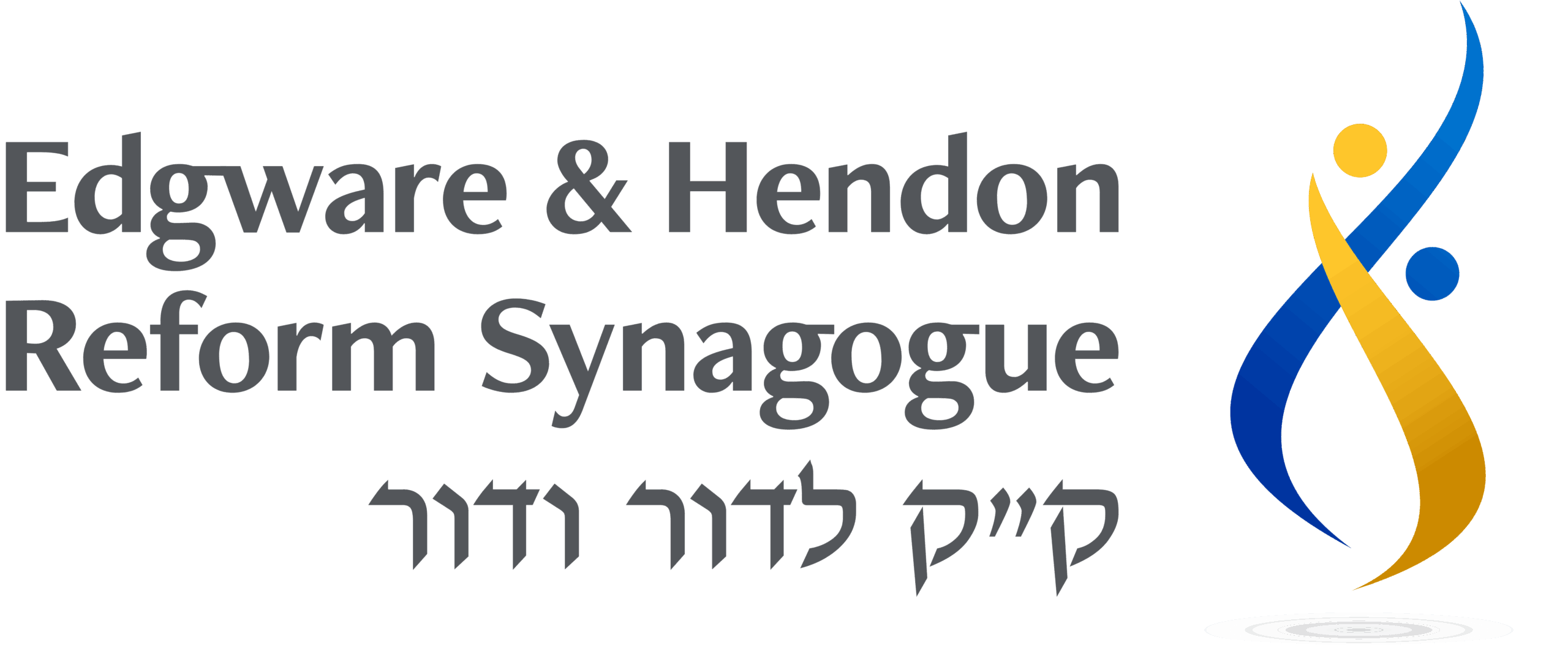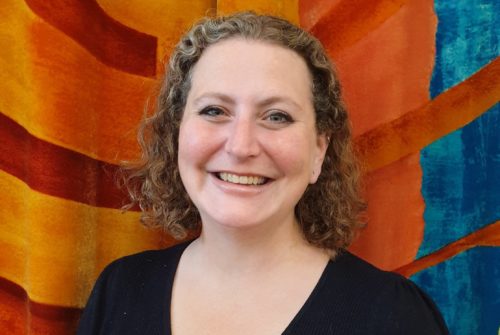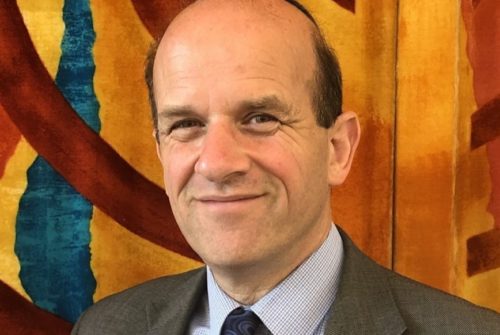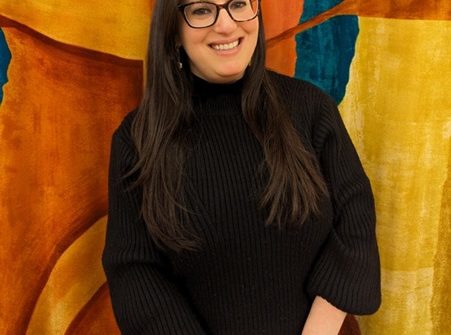When Leo and I started looking at this morning’s torah portion together, Leo was full of questions about something I had never really noticed: God commands Moses: “Have two silver trumpets made; make them of hammered work. They shall serve you to summon the community and to set the divisions in motion’. (Numbers 10:2). I have to confess I did not have great answers for Leo about these Trumpets, because I had never really thought about them before. This is the joy of studying Torah with lots of different people – everyone is drawn to or interested in different things, expanding our own learning. Having done some digging and looked a little into what deeper meaning the trumpets might have for us, Leo wisely decided to focus on something else for his own D’var Torah.
So this week it occurred to me that I should pick up the challenge Leo laid before me, and try to discover whether these trumpets might have something more meaningful to say to us, rather than just being an instrument through which a noisy rabble of 600,000 people could be instructed to move! For some this was enough – the trumpets were a practical tool, according to Abarbanel, a 15th Century Portuguese Rabbi. He suggests that the reason the trumpets were made of hammered metal rather than melting metal plates together was to make them louder, as joints might allow air to escape.
Before Leo and I looked at the trumpets, if you would have asked me what instrument was played to move the Israelites on from their encampments, I would have assumed it was a Shofar, the ram’s horn we still blow today over the High Holidays. The Shofar, however, seems to have a different function. It announced festivals, new moons, and were even incorporated into the orchestra of the Temple to contribute to the music of the service. As today, it was intended as a call to awaken ones spiritual life. It is true that they were also a call to arms, sending the community off to war, though I suspect in the Biblical mind-set this was also seen as a spiritual obligation.
I find myself wondering if the trumpets and the Shofar were intended as two ways to do the same thing with different parts of our lives, both of which were necessary then, and remain so today.
The Shofar is a spiritual call to action – today we hear it as a wake up call around the New Year – demanding we assess our behaviour and heal both our relationships with one another, and with God. We turn inwards and hope to emerge changed. But it served a similar function in the ancient world, ushering in spiritually significant dates, and reminding the people of their spiritual and religious duties in the encampment.
The Trumpets, meanwhile, were a call to physical action – instructing the people to strike camp, to follow on to the next stop.
In many ways, it is the partnership of these two musical modes – a call to the spiritual and a call to action, that are at the core of Judaism. On a weekday morning when I pray, I put on (as you now can Leo) tefillin, black leather boxes that strap onto my head and my arm. They serve as a reminder of these two modes – that whatever we say in our heads and our hearts during our prayers, must be matched by our actions – symbolised by the leater straps bound around our hands and arms. The straps briefly mark our arms with red lines to remind us for a few minutes after prayers have finished, that we have to now make our spiritual life real in the physical world. We are called not only to live a life connected to God or the spiritual, but to live a life of action and engagement with the world around us.
Leo I know you understand how important action is, from your generous way of being in the world, your hard work and your thoughtful charitable giving. This morning you have also been able to take on the task of leading a community spiritually. Judaism is not one or the other. It doesn’t stop when we leave the synagogue this morning. It is both the silver trumpets, hammered and fashioned by us, and the Shofar, the naturally formed rams horn. We may all be inclined more towards one than the other, but they act as a balanced duo. If we are only creatures of the material world, we can become exhausted and lose sight of what is precious. If we are only spiritual beings, we would fail to be present in the world to enjoy its blessings, and to help it be better. Similarly Shabbat works to help us rest and reconnect spiritually, so that we can be energised, active participants in the world the other 6 days of the week.
I want to thank Leo for helping me to take a second look at these silver trumpets. For me it is another brilliant illustration of how in every generation we turn the texts of the Torah and find something new or something that speaks to us in a different way. Studying with people who think differently to us can often help us discover things we would otherwise have totally missed. I hope Leo, and all of us here today, will be blessed for many years with study partners who help them look again, but who also help them connect to both the spiritual elements of life, and those areas where their action and movement can create a real difference in the world. I know that in Leo we have an extraordinary young man who will be able to do so much with his gifts, and that should give us all huge hope in the future, whether of the spiritual realm or the physical.
Shabbat Shalom



